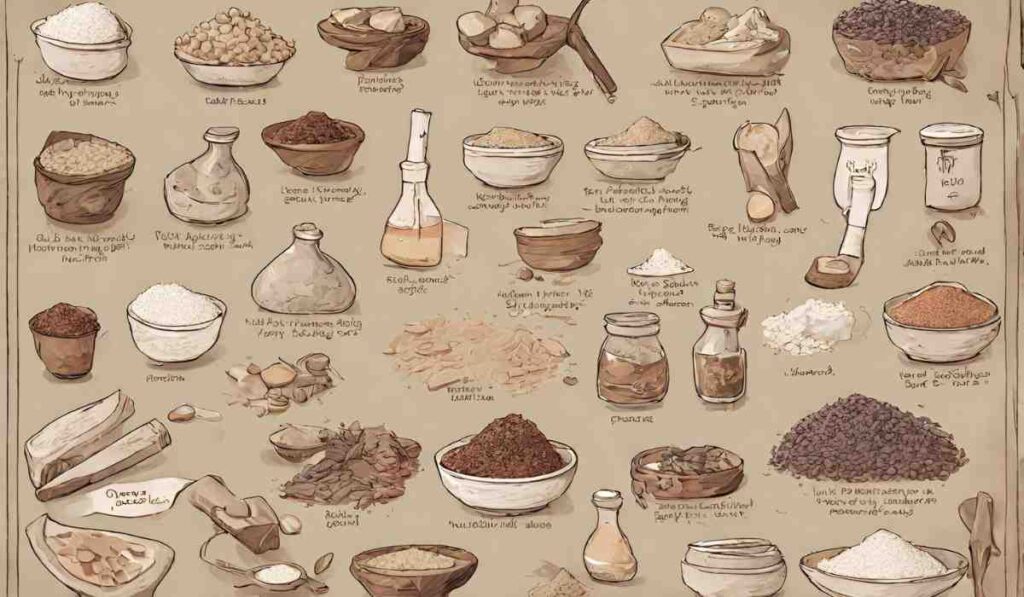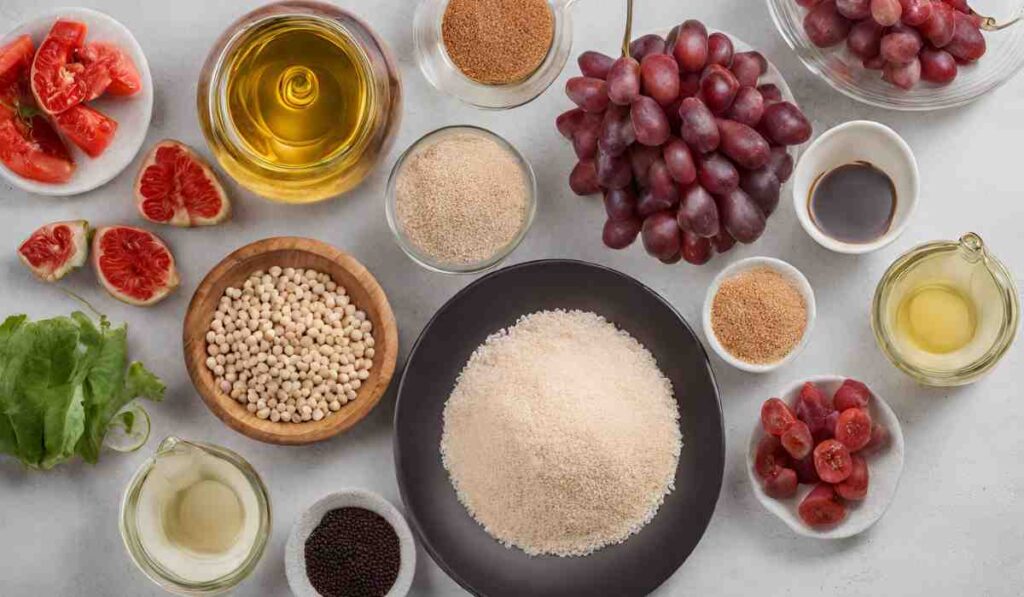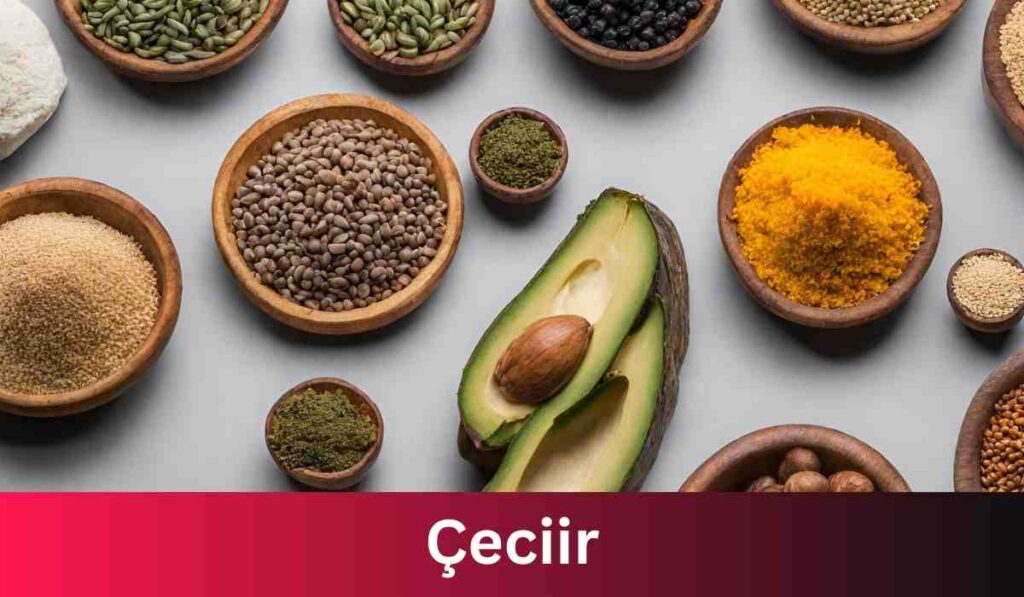Exploring Ğuf: The Delightful Turkish Dessert

The culinary landscape is vast and diverse, with each region offering its unique delights. Among the treasures of Turkish cuisine, there’s one dessert that has gained global acclaim Ğuf.
This tantalizing treat, featuring a dough-like pastry filled with an array of delights, has become a favorite among dessert enthusiasts worldwide.
In this extensive exploration, we will delve into the origins, ingredients, preparation methods, serving options, health benefits, and the global presence of Ğuf, shedding light on what makes this Turkish dessert a culinary masterpiece.
Unraveling the Origins of Ğuf
A Historical Journey
To truly appreciate Ğuf, one must first understand its historical roots deeply embedded in Turkish culture. Dating back centuries, this dessert has evolved, capturing the palates of generations.
The perfect blend of textures a crispy exterior, a soft and yielding center and a nuanced sweetness define Ğuf and contribute to its timeless appeal.
Ingredients and the Art of Crafting Ğuf

A Symphony of Flavors
At the heart of Ğuf lies a harmonious blend of simple yet essential ingredients: semolina flour, yogurt, butter, eggs, and the distinctive addition of walnuts.
The process of creating this delectable treat involves skillfully combining these elements, shaping them into balls, and boiling them for a brief period, resulting in a mouthwatering delicacy.
The Joy of Customization
What sets Ğuf apart is its versatility. The basic recipe provides a canvas for culinary creativity, allowing enthusiasts to infuse their personal touch.
Raisins, almonds, or chocolate chips can be incorporated to tailor the flavor profile to individual preferences. The act of crafting Ğuf becomes not just a culinary endeavor but a delightful and personalized experience.
Serving Options: From Traditional to Contemporary

A Feast for the Senses
While Ğuf can undoubtedly stand alone as a singular dessert experience, the versatility of this Turkish delight extends to various serving options, creating a symphony of flavors on the palate.
Classic Turkish Breakfast:
A drizzle of freshly made syrup or honey complements Ğuf perfectly, making for a traditional Turkish breakfast delight.
Healthier Indulgence:
For those seeking a lighter option, transform Ğuf into an ice cream sundae by topping a scoop with fresh fruit, offering a guilt-free indulgence.
Savory Innovations:
Take Ğuf beyond the realm of desserts by incorporating it into pancakes or omelets, adding a savory twist that surprises and delights.
Parfait Extravaganza:
Layering Ğuf with yogurt, nuts, and raisins creates a delightful parfait, marrying textures and flavors in a delightful culinary marriage.
Decadent Dipping:
Indulge your sweet tooth by dipping Ğuf in dark chocolate, creating a decadent treat that satisfies even the most discerning dessert lover.
The Nutritional Profile of Ğuf

A Guilt-Free Indulgence
One of the unique aspects of Ğuf is its unexpected health benefits. While many desserts are synonymous with guilty pleasures, Ğuf offers a different narrative.
Vitamin B and Magnesium Boost:
The inclusion of ingredients like dates and walnuts ensures that Ğuf is not just a sweet delight but a source of essential nutrients.
Vitamin B aids in energy production, while magnesium supports nerve function, muscle relaxation, and bone health.
Low Saturated Fat Content:
In a world where saturated fats are often synonymous with desserts, Ğuf stands out for its comparatively low saturated fat content, allowing for a guilt-free indulgence.
Antioxidant-Rich Goodness:
Walnuts, a key ingredient in Ğuf, bring a burst of antioxidants, contributing to immune system strength and the fight against diseases like cancer and diabetes.
Discovering Ğuf in Turkey and Beyond

A Culinary Odyssey
To truly experience the authentic essence of Ğuf, one must venture to its place of origin – Turkey. Throughout the country, from bustling cafes to quaint bakeries, Ğuf stands as a testament to Turkish culinary heritage.
It often serves as the perfect sweet conclusion to savory delights like kebabs or manti, offering a sensory journey through the diverse flavors of Turkish cuisine.
Regional Variants: A Culinary Tapestry
The beauty of Ğuf lies not only in its uniform popularity but also in its ability to adapt to regional variations.
In the city of Izmir, a citrus-infused version adorned with lemon and orange zest adds a refreshing twist. In other locales, the introduction of cinnamon and vanilla showcases the diversity within the realm of Ğuf, creating a culinary tapestry that reflects the unique tastes of different regions.
Crafting the Perfect Ğuf at Home

A Culinary Adventure
The allure of Ğuf extends beyond Turkish kitchens, inviting enthusiasts to embark on a culinary adventure within their own homes.
The process is approachable, requiring basic ingredients like flour, water, milk, egg yolk, olive oil, and honey or sugar.
The key is to whisk the ingredients into a thick paste, spread it over an oven-safe dish, and bake it to perfection. A final touch of ground walnuts adds a delightful texture, completing the homemade Ğuf experience.
Tips for Culinary Success
Creating the perfect Ğuf at home is a rewarding endeavor that demands attention to detail. Consider the following tips for a culinary success story:
Quality Ingredients:
Opt for the freshest eggs, butter, and heavy cream available. The synergy of fresh ingredients ensures a harmonious blend of flavors, contributing to a creamy and delicious taste.
Essential Equipment:
Equip yourself with the necessary tools a whisk for blending eggs and sugar, an electric mixer for achieving the desired softness in butter, and a deep baking dish capable of accommodating the mixture.
Methodical Technique:
Patience is key in the creation of Ğuf. Each stage, from creaming butter and sugar to the addition of eggs, demands attention.
Rushing through these steps may compromise the formation of the beautiful layers that define a perfect Ğuf.
Conclusion
In essence, the exploration of Ğuf, the cherished Turkish dessert, unveils not just a culinary delight but a cultural emblem that transcends borders.
Originating from a rich historical tapestry, Ğuf’s crispy exterior, soft core, and adaptable nature have made it a global favorite. Beyond its deliciousness, the dessert boasts surprising health benefits, incorporating natural sugars, essential nutrients, and antioxidants.
Whether enjoyed in traditional Turkish breakfasts, as part of savory innovations, or in decadent parfaits, Ğuf invites a sensory journey into the heart of Turkish culinary heritage.
Crafting it at home becomes a personalized adventure, symbolizing the fusion of creativity and tradition. As we conclude this exploration, Ğuf stands not just as a dessert but as a cultural ambassador, inviting everyone to savor the layers of history and flavor that make it a true gem in the world of culinary delights.
FAQs
What is Ğuf?
Ğuf is a classic Turkish dessert featuring a dough-like pastry filled with nuts, dried fruit, and occasionally chocolate.
How do I make Ğuf at home?
To make Ğuf at home, combine semolina flour, yogurt, butter, eggs, and walnuts. Shape the mixture into balls, boil for 20 minutes, and customize with your preferred ingredients.
Are there health benefits to eating Ğuf?
Yes, Ğuf contains natural sugars, vitamin B, magnesium, and antioxidants from dates and walnuts, offering a healthier dessert option.
How is Ğuf served?
While commonly enjoyed alone, Ğuf can be served in various ways, including with syrup for breakfast, as an ice cream topping, in savory dishes, as a parfait layer, or dipped in dark chocolate.
Where can I find authentic Ğuf?
Authentic Ğuf can be found in Turkey, particularly in cafes, restaurants, and bakeries. Making it at home allows you to infuse your own creative twist with basic ingredients.






















































































































































![[noblocc] Kicked For Being AFK](https://everytalkin.com/wp-content/uploads/2024/02/noblocc-Kicked-For-Being-AFK-Strategies-in-Online-Gaming-1024x597.jpg)







































































































































































































